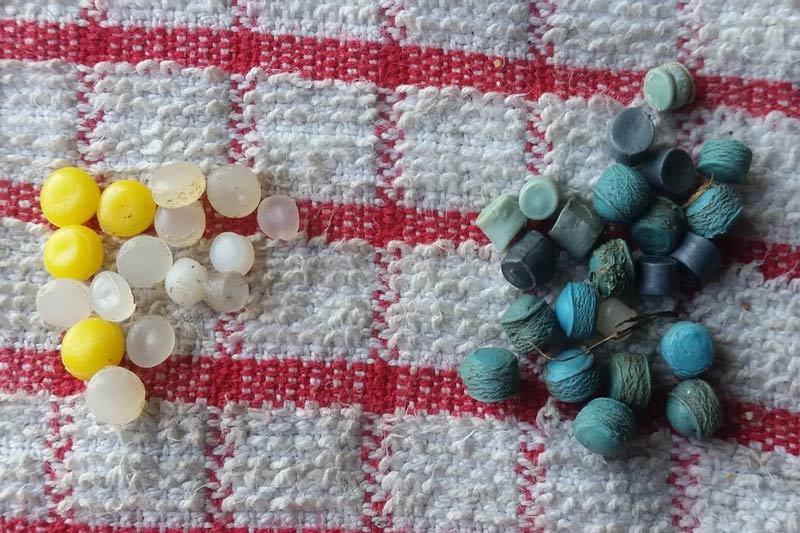Have you heard of them?
You have probably heard them mentioned but what are nurdles and bio-beads? Apart from being a beach cleaning nightmare, these small pellets are often mistaken for food by the varied wildlife and sea life that come across them. Up to 5mm in diameter, these tiny pellets enter our waterways due to industrial mistakes and have a long term effect on nature. Nurdle pollution is second only to the mess caused by microplastics, the tiny pieces of plastic that have broken down over time from larger items like drink bottles and other plastic waste.

Nurdles on the left, Bio-beads on the right
